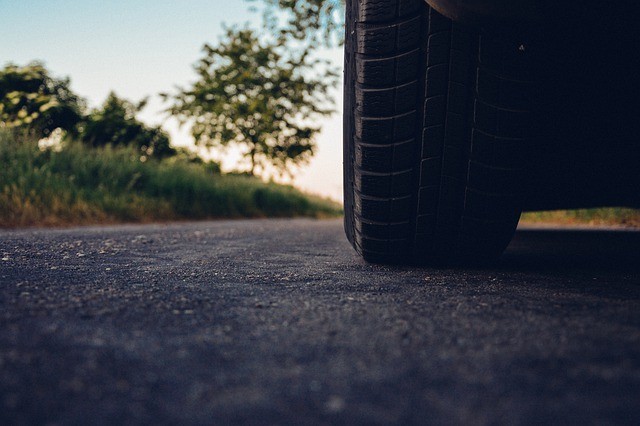[ad_1]

Share and speak up for justice, law & order…
My mission is to end police officer deaths due to car crashes. I have and continue to research police vehicle crashes across America and I have found there are factors in those crashes that contributed to the severity and or death of these officers. I refer to these factors as the five fatal errors. The factor I will discuss today is tire maintenance.
A police officer went into the office and told some of his coworkers he had a slow leak in the back right tire of his take home vehicle and that he was adding air until he could find time to have the tire repaired. The next morning another officer called for assistance. The call came very early in the shift and the officer had not properly inflated the tire.
The officer responded at high speed.
During the response, the patrol unit was driven in excess of 100 MPH for approximately thirty minutes. The super underinflated tire failed and blew out. The officer slammed on the brakes which put the patrol unit into a spin, then end over end and into a barrel roll. The debris field and the crash scene covered over a half a mile. This young officer lost his life because of a training deficiency, and he didn’t take the time to have the tire repaired.
In the United States over 11,000 tire related crashes occur each year. A tire that is underinflated 25% is more susceptible to a blowout. The warmer months also have an impact on tire efficiency. Police agencies with a pool vehicle system are often the least maintained. Maintenance of the patrol units are normally assigned to the day watch. However, for day watch to know of a vehicle problem the information must be relayed for repairs to be completed. This is where a breakdown in communication can result in a dangerous situation for the driver that doesn’t check the patrol unit before beginning the shift. While there are advantages to a take home vehicle system it is not fool proof either.
The lack of preventive maintenance of the patrol units’ tires is more common than one would believe. Tires and tire pressure are often an afterthought. When the tire pressure monitoring system (TPM) indicator illuminates, the operator may visually check the tires for a problem but that can often be much too late. The TPM system always accurate and would you trust your life to a system that can fail?
Officers should visually inspect the tires at the beginning of each shift by checking tire pressure, looking for nails, cuts, uneven wear, and tread depth.
EVOC instructors certainly teach off road recovery, emergency braking and evasive maneuvers but teaching blowout recovery requires specialized equipment that most agencies do not possess. A blowout at high speed, without proper training on how to recover, can place the vehicle into a spin. Should the rim dig into the pavement the result can be devastating.
Driver tendencies are to brake hard in the event of a blowout. While this may seem logical to most, during a blowout the weight of the patrol unit is no longer evenly distributed over all four wheels. The weight has transferred to the location of the blowout and hard braking will cause the driver to lose control.
Operating a patrol unit at 100 MPH is not a problem, not being trained to deal with a problem at 100 miles per hour is.
Technique to recover from a blowout
1. Stay in your lane and maintain a two-hand grip on the steering wheel (Sterring with one hand should be the exception not the rule).
2. Lightly depress the accelerator. This will even the weight back to all four wheels.
3. Once the weight is evenly distributed ease off the accelerator and make a controlled stop.
Police officers can rehearse the scenario mentally while on patrol and practice the technique of depressing the accelerator until it becomes a habit. This preparation may seem ridiculous, but police officers rehearse shooting scenarios and other survival techniques constantly. Preparing for a vehicle emergency is no different.
Until next time, keep the dirty side down and please take care of yourselves.
Share and speak up for justice, law & order…
[ad_2]



